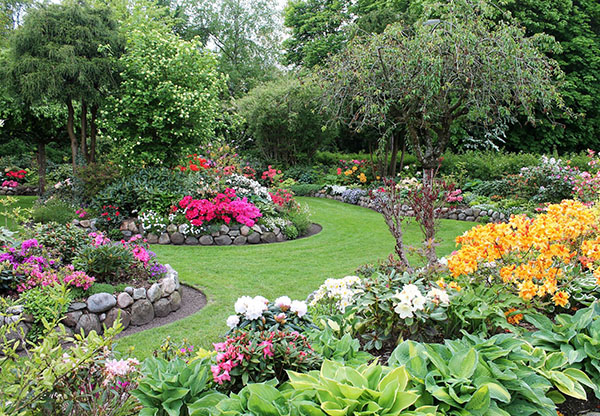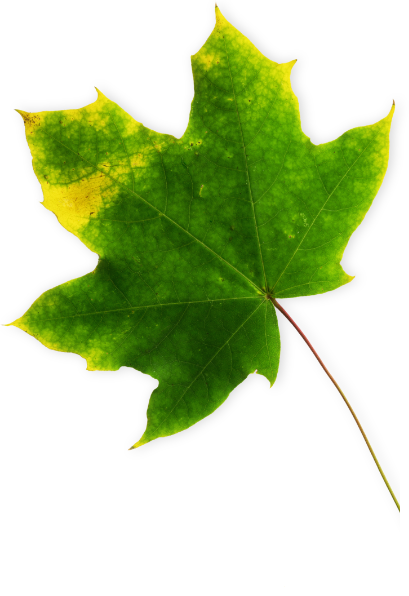Watering trees and shrubs is very important particularly this time of year. As of August 13th, in Massachusetts 35% of the state is abnormally dry and 65% is in moderate drought, over 6” below normal rainfall. Drought does not only affect trees in the short term, but it can cause damage that may not be seen for several years. Back in 2017 much of Massachusetts was in a severe drought as well.
During a process called transpiration, trees loose water through their leaves in order to draw up more water and nutrients from the roots. When there is dieback at the top of a tree it is often a sign that the roots are not getting enough water or nutrients. Or there is something wrong with the root system inhibiting absorption. The top of the tree is the hardest place to get water to and so it is the first point to dieback.
Tips for Watering Trees and Shrubs
Each community in Massachusetts has its own restrictions to watering and it is important to know what water restrictions are in place before irrigating the landscape. If you are able to water, there are different ways to do so and be as water conscious as possible.
- Maintain a reasonable 2-3 inches of mulch to increase water infiltration and holding capacity and reduce evaporation.
- Water deeply and infrequently to avoid over-watering. Frequent, light watering can encourage shallow roots that are more susceptible to dying out. On the other hand, if the water is puddling or running off, the soil characteristics can’t accept the water that quickly. It may need to be done for shorter times and more frequent to wet the same depth of soil.
- Watering in the morning is always preferable to midday or evening. More of the water can infiltrate the soil before evaporation takes place. Leaf surfaces that become wet will dry more quickly reducing the chance of disease.
How Much Should I Water My Trees and Shrubs?
 As a rule of thumb, turfgrass needs about 1” of water per week. 1 inch of water is equivalent to 1 gallon of water over about 15”x15” or 1.5ft². Trees and shrubs can need about 10-15 gallons of water per inch DBH (Diameter at 4.5’ from the ground) every couple of weeks. There are many different ways to deliver water to plants. It can be done by hand held hose or various irrigation systems.
As a rule of thumb, turfgrass needs about 1” of water per week. 1 inch of water is equivalent to 1 gallon of water over about 15”x15” or 1.5ft². Trees and shrubs can need about 10-15 gallons of water per inch DBH (Diameter at 4.5’ from the ground) every couple of weeks. There are many different ways to deliver water to plants. It can be done by hand held hose or various irrigation systems.
Drip can be an efficient way of delivering water to trees and shrubs, but often does not get redesigned as trees grow from initial installation. A good temporary solution is the use of soaker hose and water timer. This can be used for new and old plantings and moved around as needed. The slow water release is not as prone to evaporation and encourages deep soaking. However, sometimes water is not evenly distributed this way.
Sprinklers are the easiest way to apply water over large area. However, the larger the coverage the more water tends to be wasted. Overhead irrigation can also lead to foliar disease if leaves are continually wet for long periods of time. Whenever possible water should only be directed to the root zone of plants which can be 1.5 times the canopy or more for trees and shrubs.
How Long Should I Water For?
A common question is how long should I water, and the answer is not simple. No two irrigation systems or soils are the same. The best thing you can do is to measure and know how much water your system is putting out and in different zones. Different soil types will also absorb and hold water differently.
Put out shallow dish to collect water during an irrigation cycle. After about 1 inch of water has been accumulated, wait a couple hours and dig a small hole to see how deep you affected to soil. The soil should be cool and moist. The majority of absorptive roots will be within the top 6-8-inches.
Depending on how deep the water was able to reach repeat and evaluate. Also pay attention to how long it takes for the soil to dry out again. This will give you a concrete idea of how much water your landscape needs. Plants on a slope will often require more frequent watering because water will runoff and not absorb as quickly.
For additional reading on Tree and Shrub care, please visit our blog.
